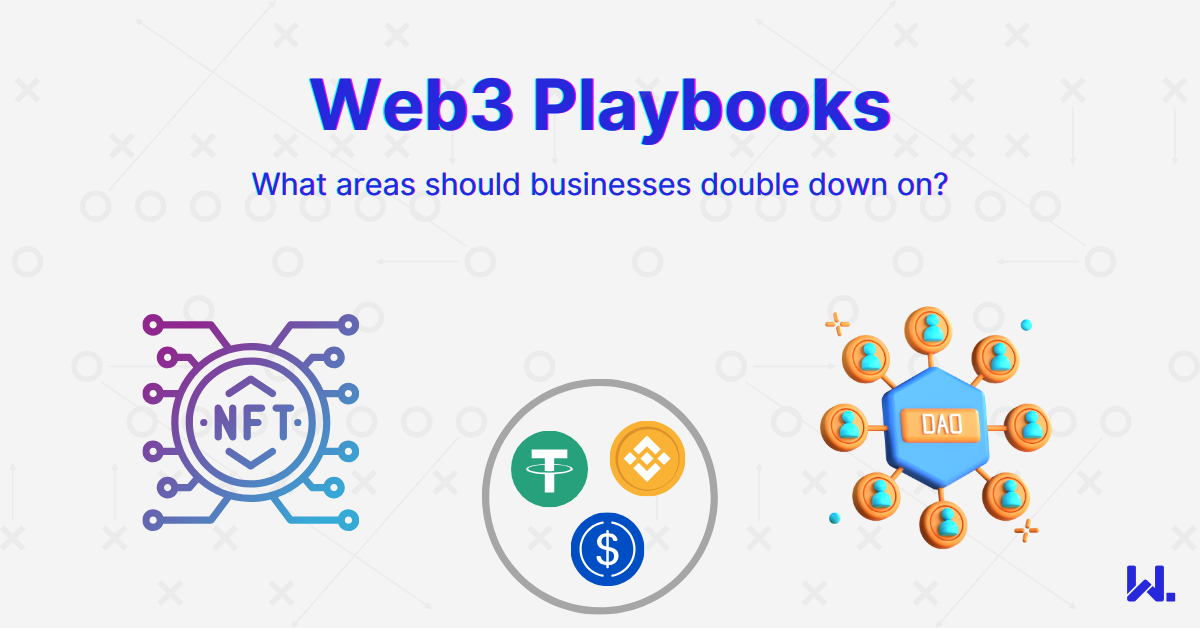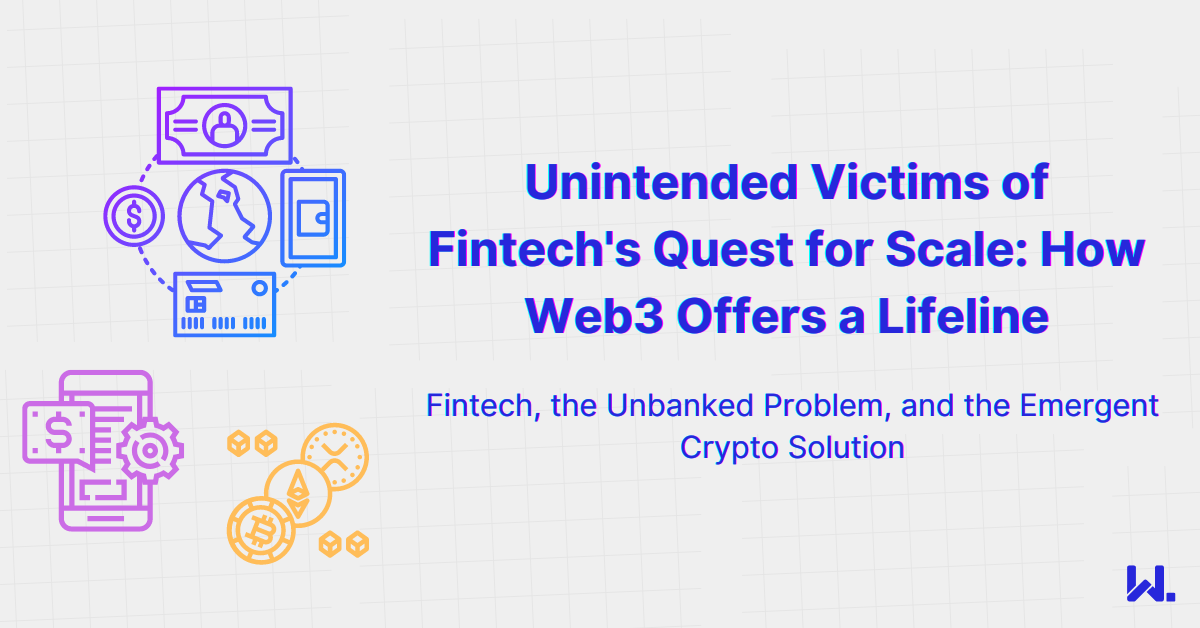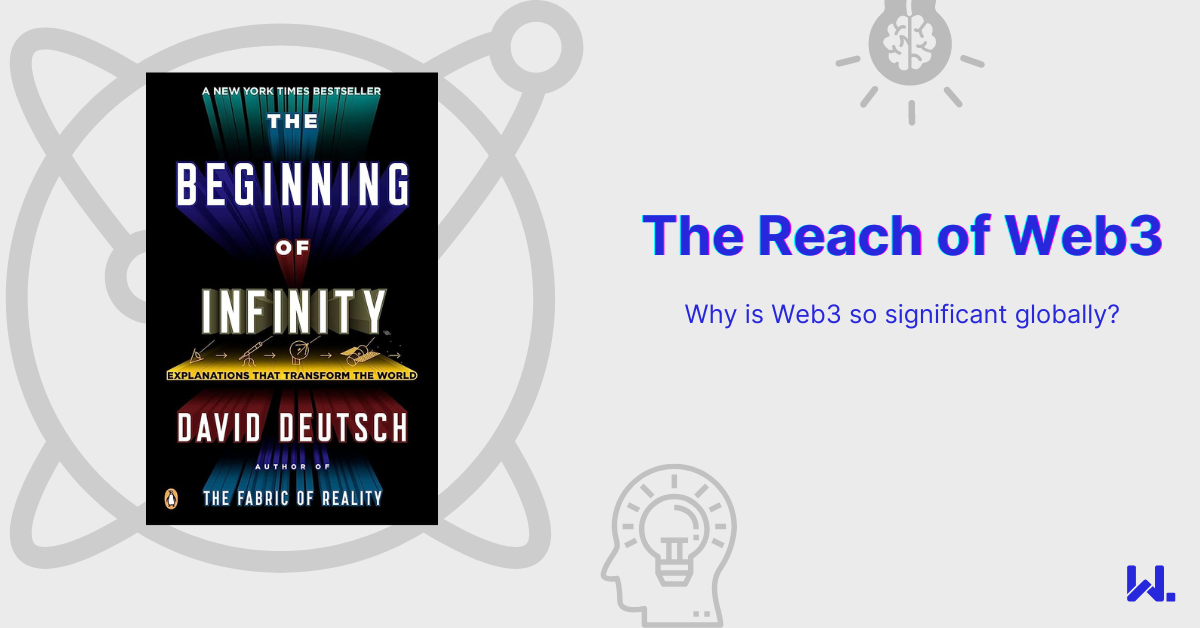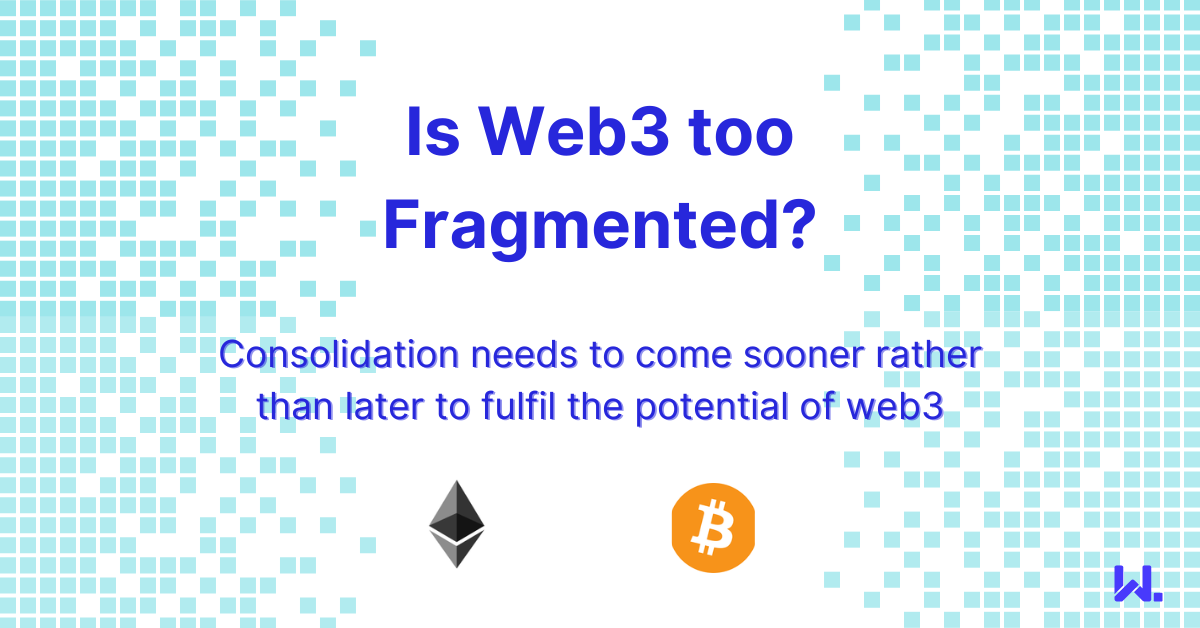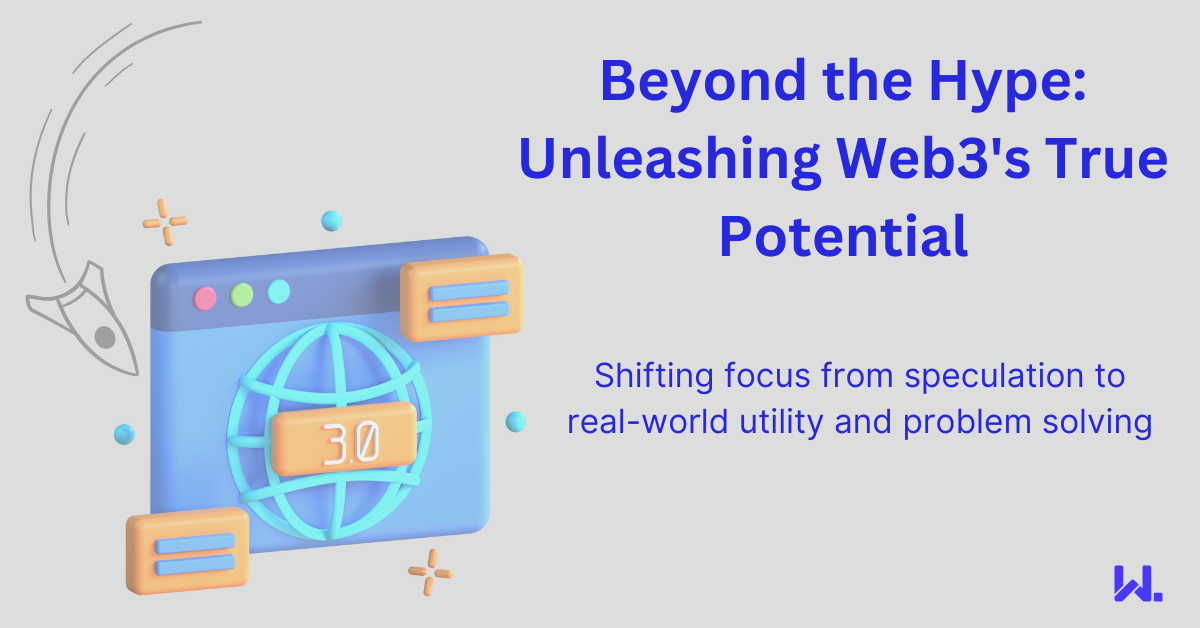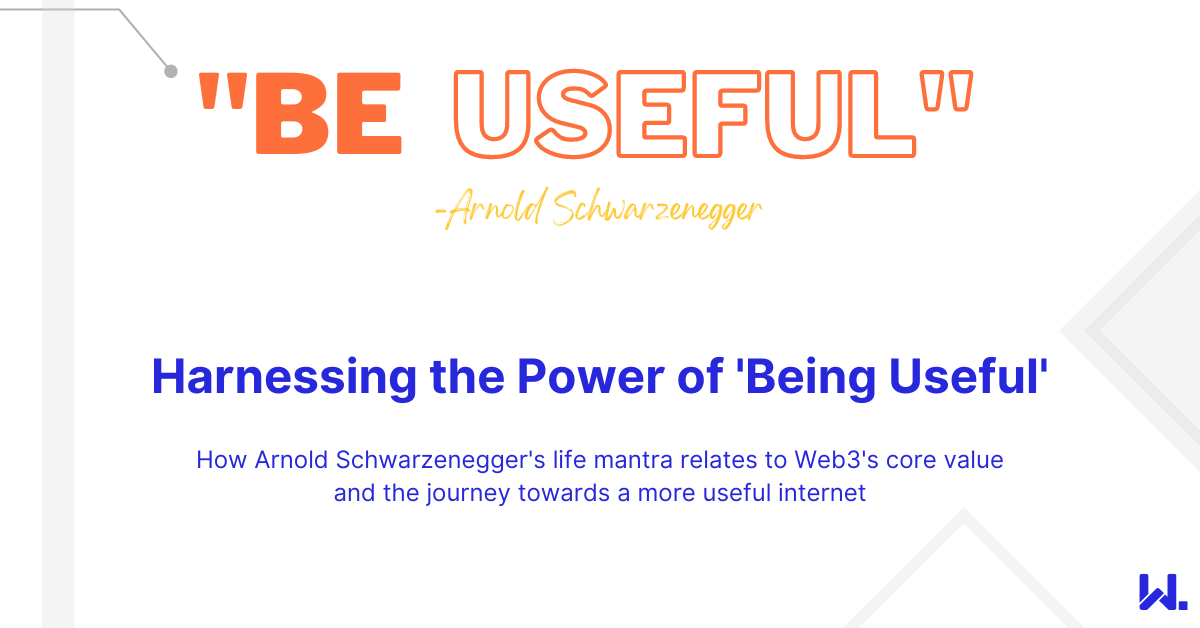Web3 Playbooks
People talk about change as the one constant in tech. The more cutting-edge the technology, the faster it evolves. This is very true of web3. Going back 7 years to when I first immersed myself in it, it was easy to keep up with many of the projects and innovations. Most users hung out in Reddit communities and the signal-to-noise ratio on Twitter/X was somewhat healthier. Many of the projects and businesses were still highly experimental.
Businesses were generally focused on launching their private blockchains to take advantage of the immutability and decentralisation properties offered by this technology.
Remember, this was pre-NFTs, DeFi, stablecoins, and even FTX.
Things were clunky, but it still worked, provided you had keen technologists on your side.
A lot has changed since then, concerning the right use cases businesses should be going after in web3. Although the only place we've seen web3 go mainstream has been in crypto trading and investment, the time now is right to double down on the following opportunities.
These are stablecoins, NFTs and appchains.
These aren't necessarily the endgame for web3, but they are all highly impactful uses of the technology which will become far more widespread in the coming years.
Stablecoins
This is one for financial services firms. The blockchain rails that we have in place powering DeFi are perfect as a distribution mechanism for existing types of financial products.
Be it stocks, ETFs or currencies, by creating fully collateralised stablecoins on public blockchains, issuers have the opportunity to reach a far larger user base than they can presently.
By taking advantage of public blockchain networks, anyone globally can hold these assets, and trade them 24/7 using both centralised and decentralised cryptocurrency exchanges.
This ability to issue assets on a global scale simply wasn't possible previously. There are regulations that issuers will need to abide by in their local jurisdictions, but the flexibility for users holding these assets must not be underestimated.
Simply put, those organisations that embrace blockchain rails to bring traditional financial assets on-chain will in the coming years be able to bear the fruits of their labours.
NFTs
NFTs have undergone a wild ride during the past few years. From the heights of the NFT mania of 2021 to where we are now with a number of them trading at far more reasonable prices than they once did.
The value of NFTs doesn't lie in speculating on their prices, but in providing digital art, collectables and in-game assets that may or may not have scarcity associated with them.
Many of the world’s best-known brands including Adidas, Nike, Coca-Cola, Budweiser and Starbucks have leveraged NFTs to great effect for their customers.
They are a new channel by which brands can engage with their customers directly, and demand for such digital assets is only going to increase in the coming years.
Appchains
Back in 2018, private-permissioned blockchains were all the rage in enterprises. Fast forward to 2023, appchains are the trending blockchain technology.
Appchains, also known as layer two or even three networks, are blockchain networks that are secured by public blockchain networks but offer lower cost and higher transaction throughput than the base layer one network such as Ethereum.
They secure themselves by rolling up batches of transactions, or proofs of transactions onto the underlying network they are running on top of.
Appchains are the private-permissioned blockchains of 2023. companies and consortia are running them using the likes of Polygon, Optimism and Linea to spin up networks to focus on specific use cases.
Appchains are significantly simpler to launch than a dedicated blockchain network due to being secured by an existing network. They can effectively piggyback off the existing network.
This is achieved via a node on the network called a sequencer that is responsible for batching groups of transactions or proofs of transactions from the appchain to the base layer network.
As appchains are linked to an underlying network, in addition to benefitting from the underlying security guarantees, assets on the underlying network can be transferred to and from them via bridges, which simplifies the historic interoperability challenges that have been faced with blockchain networks.
Their lifespan can be finite too. A rollup can be retired at some point in the future, with the proof of the activities that took place on it whilst active being permanently encoded in the ledger of the underlying blockchain.
It is this combination of factors that makes appchains particularly attractive. The silos of private permissioned networks are still valid for some use cases, such as highly regulated financial networks. But for more general use cases, the creation of assets or decentralised applications to solve specific business problems makes sense.
Appchains in their current form are more of a platform for innovation for the companies and projects that choose to run them. But given the lower costs of creating these networks, coupled with the significantly lower fees and greater throughput they offer, they will offer a new platform for decentralised applications, which is why they are so relevant now.
The frontier
The frontier technologies of web3 still include DAOs. Longer term the structures offered by DAOs will likely be embraced for company registries, in a similar manner to how global currencies will be underpinned by blockchain networks.
The issue faced by many DAOs currently is that there is often a token associated with them. This token may be used for governance. However, due to the red tape associated with issuing a legitimate security token in many jurisdictions, their governance tokens are treated more like a facade for a security token by holders.
In addition, the transparent nature of activity that takes place for many is too radical compared with conventional business which takes place with a degree of privacy. Be this for competitive or regulatory reasons.
DAOs remain a fascinating concept in web3, and some have managed to thrive. However, for corporate initiatives, they are less well-suited, without support from company registries. With this would come much more streamlined reporting if able to utilise blockchain technology.
Where next?
Stablecoins and NFTs are proven technologies for bringing established assets on-chain. Businesses with strong brands or those offering financial products should be considering very carefully how they can utilise web3's rails for digital assets to reach a new class of users.
Those businesses without digital assets they can bring on-chain should be considering instead how applicable appchains can be for them. Again to provide value for their customers or industry.
We're at a point in the evolution of web3 where the stars are starting to align with specific opportunities for the technology, and those I've discussed here are a good place to start.

